The Hair Cycle: Understanding the Phases of Hair Growth and What Can Disrupt Them

Sommaire
On average, each person has between 100,000 and 150,000 hairs. Every day, 30 to 150 hairs fall out and are replaced. This process, known as the hair cycle, occurs in several phases and is influenced by factors such as hormones, genetics, age, and environment. The hair cycle varies among individuals and even between different follicles. Understanding the hair cycle enables identifying and treating hair problems, adapting daily care routines, and making informed decisions about treatment options for conditions like alopecia. This article delves into the different phases of the hair cycle, the composition and structure of hair, and the factors that influence hair growth.
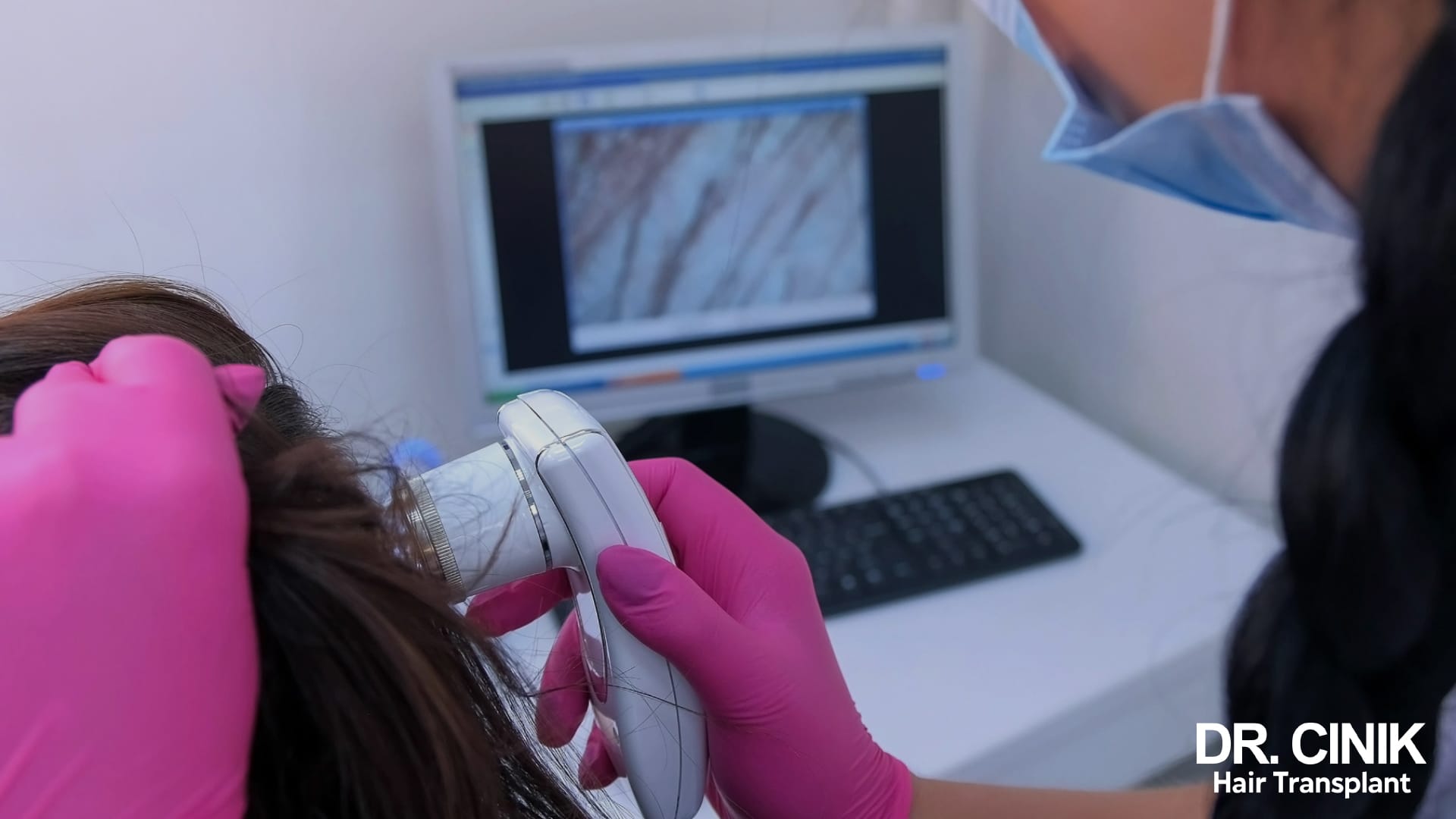
The Composition of Hair
Hair is a complex structure mainly composed of keratin, a fibrous protein that provides strength and flexibility. Understanding hair’s composition is vital for treatments like hair transplants and daily hair maintenance.
Internal Structure
The hair’s internal structure consists of three main parts, each with a specific function:
- Pith: The central part of the hair, which may be hollow or filled. Its exact function is unknown, but it may influence hair texture, especially in fine hair.
- Cortex: This layer contains most keratin and pigments that determine hair colour. It’s where the bonds that provide hair’s strength, elasticity, and resistance to damage are located.
- Cuticle: The outer layer of hair, made of dead cells, forms a protective layer around the cortex. It helps protect internal structures, reflect light, and retain moisture, giving hair shine and softness.
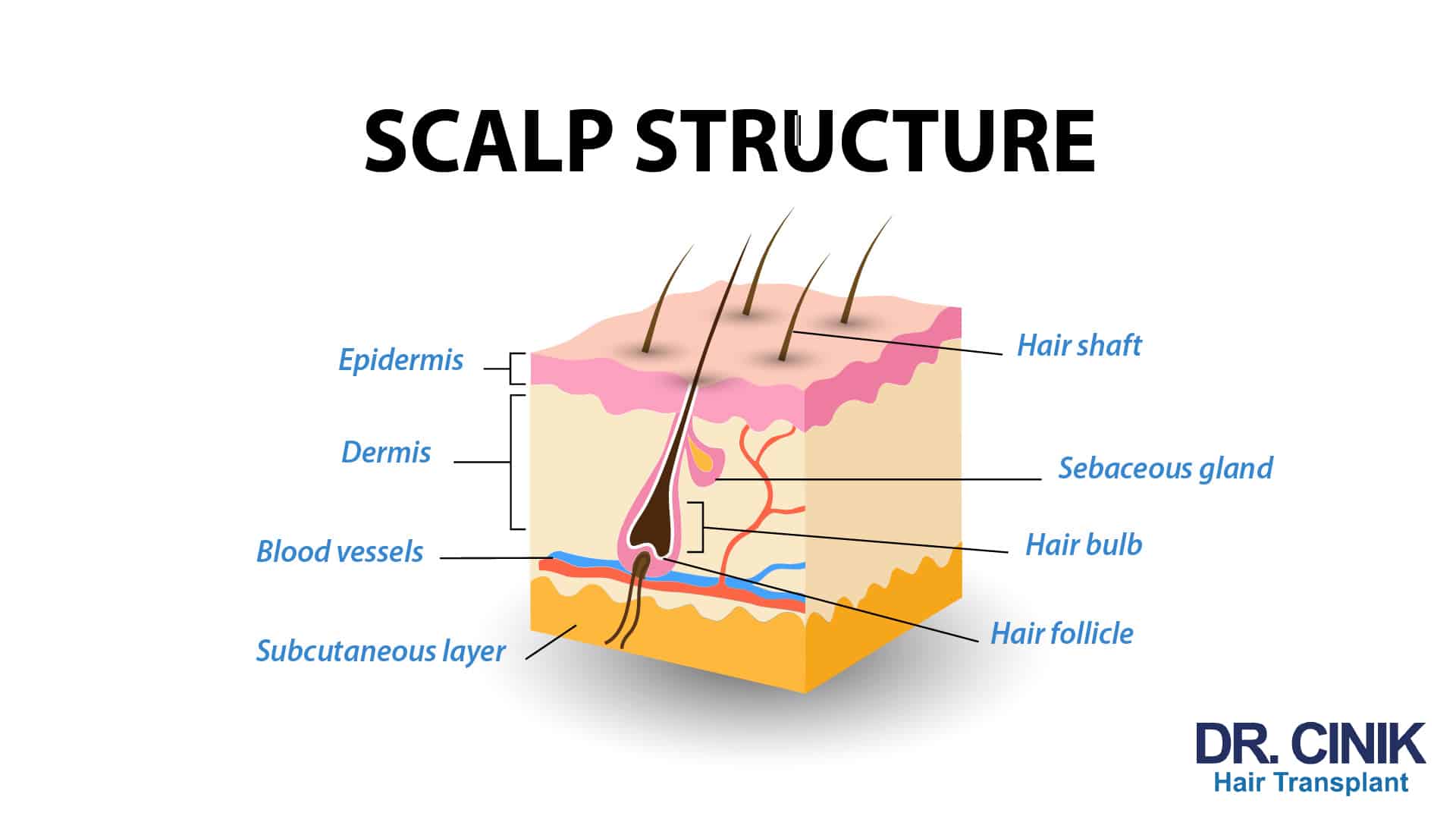
Nutrients and Other Components
Hair also contains water, lipids, and minerals, contributing to its health and appearance. Factors like nutrition, health, and environment can affect hair’s strength, shine, and texture.
Chemical Composition
Hair is chemically composed of approximately 95% keratin, 2% lipids, 1% pigments, and trace minerals. Keratin is intertwined and held together by bonds, including disulfide and hydrogen bonds, determining hair’s shape and strength.
The science of trichology, studying hair and scalp, utilizes this information to treat various hair problems and maintain healthy, beautiful hair.
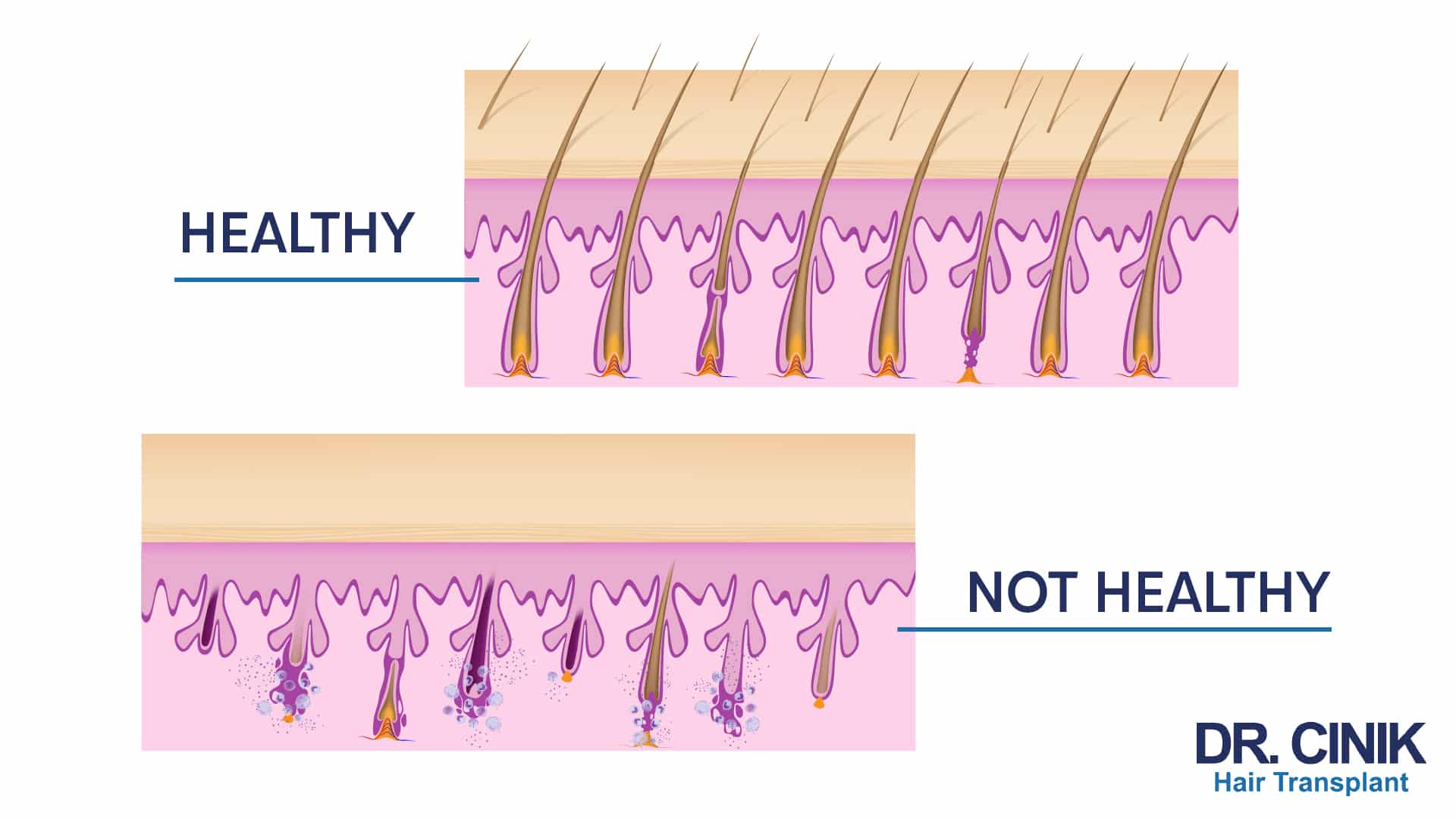
The Pilar Cycle and How It Works
The hair growth cycle, lasting between 2 and 6 years, consists of three main phases: anagen (growth), catagen (transition), and telogen (rest). This cycle ensures hair balance and constant regeneration, varying according to individual characteristics and influenced by factors like hormones and nutrients. Understanding the hair cycle is crucial for diagnosing and treating hair problems and optimizing care and treatment.
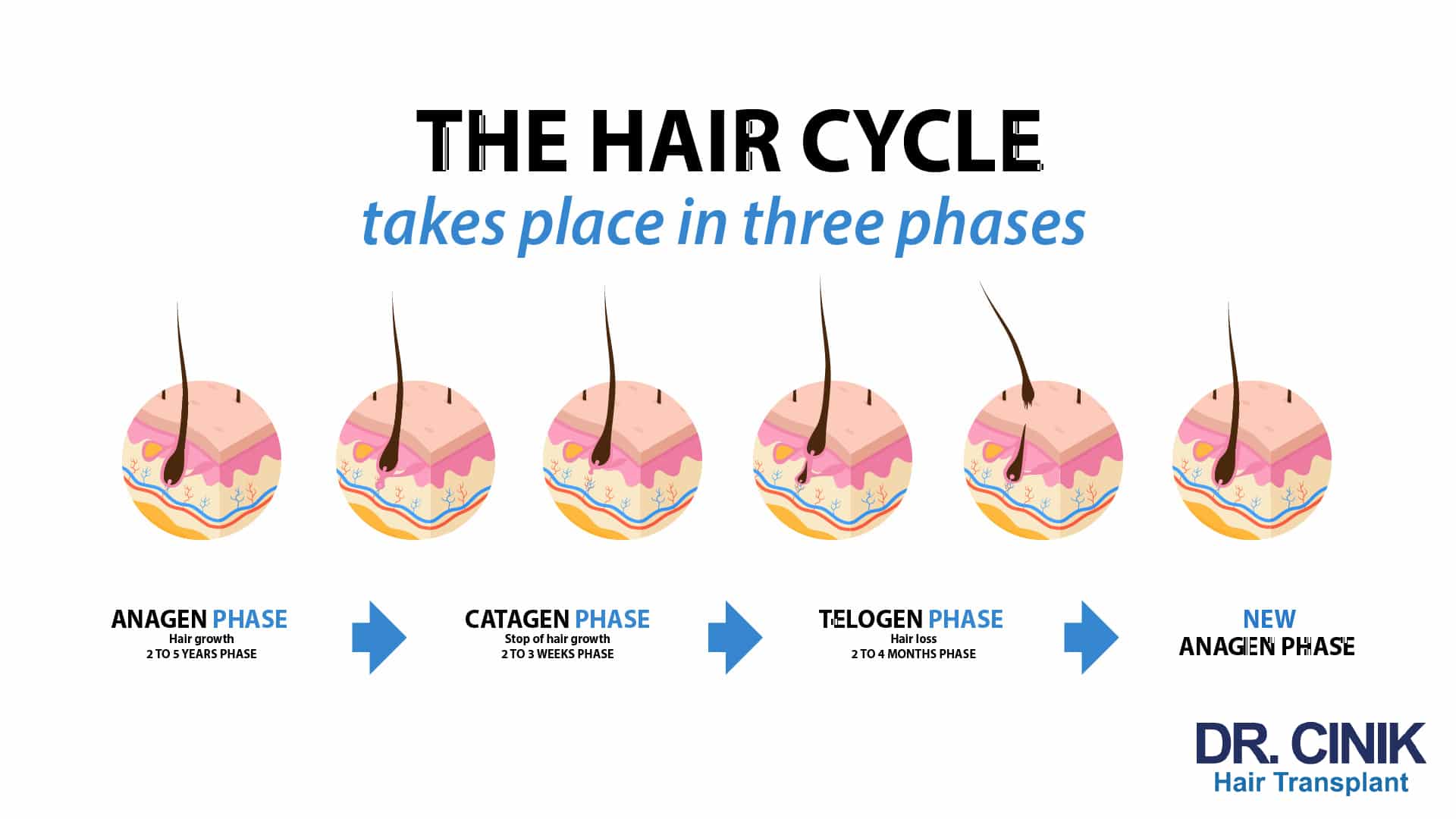
Anagen Phase (Growth Phase)
Lasting between 2 and 7 years, this active phase sees hair follicle cells multiplying rapidly to form the hair shaft. Factors such as hormones and nutrition can influence this phase’s length.
Catagen Phase (Transition Phase)
Lasting around 2 to 3 weeks, this phase sees hair growth stop as the follicle retracts and detaches from the dermal papilla, preparing to enter the telogen phase.
Telogen Phase (Resting Phase)
Lasting about 3 months, the hair is fully formed but remains attached to the follicle in a resting state. Stress and other factors can prolong this phase, leading to increased hair loss.
Exogenous Phase (Fall Phase)
The length of this phase varies. The hair falls from the scalp, and a new hair begins to grow from the follicle, allowing hair renewal.
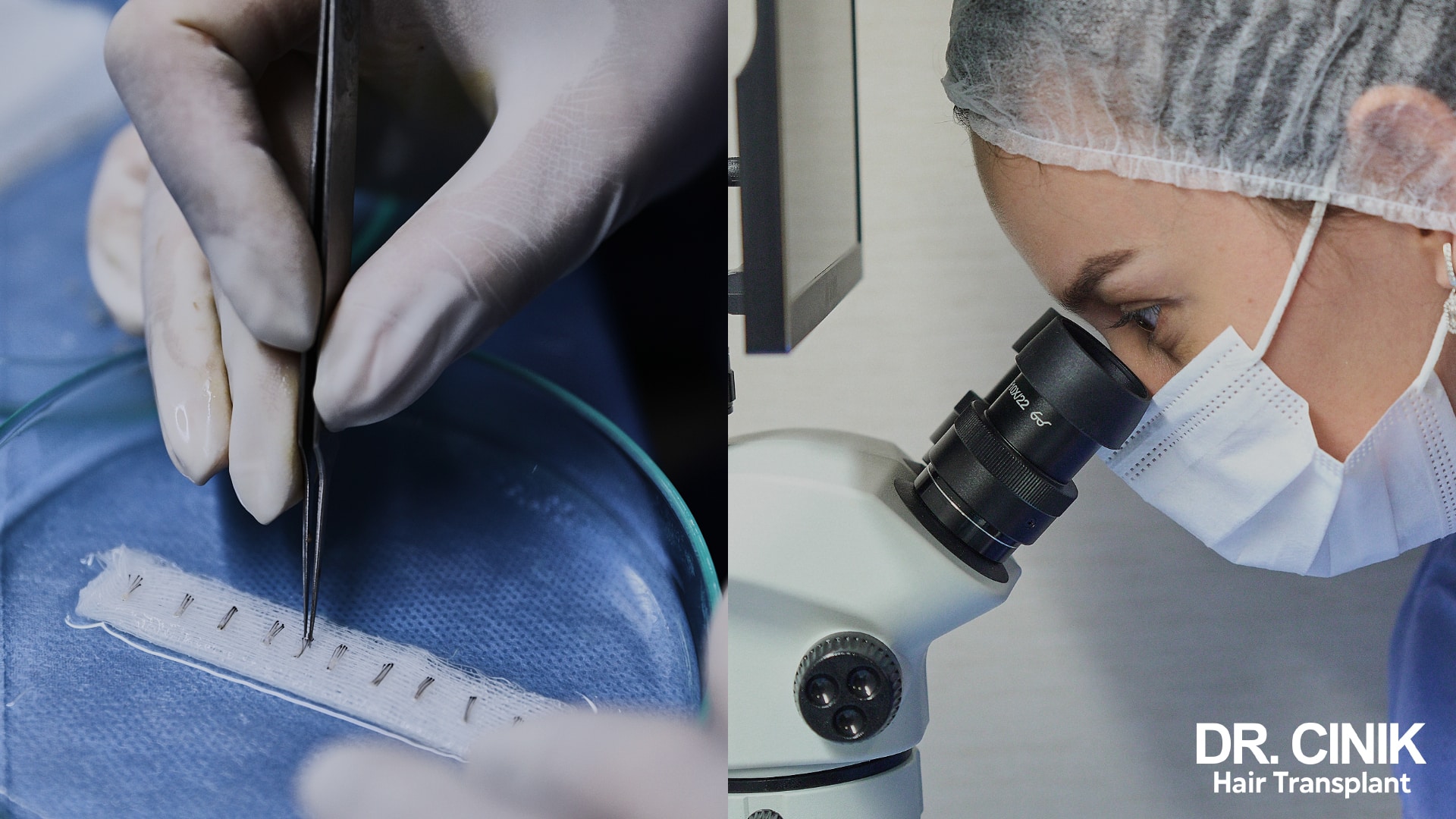

Factors that Influence the Hair Cycle
Genetics and Age
Genetics determine individual hair characteristics, particularly sensitivity to dihydrotestosterone (DHT), which affects the hair cycle. Sensitivity to DHT increases the risk of androgenetic alopecia, and this risk grows with age.
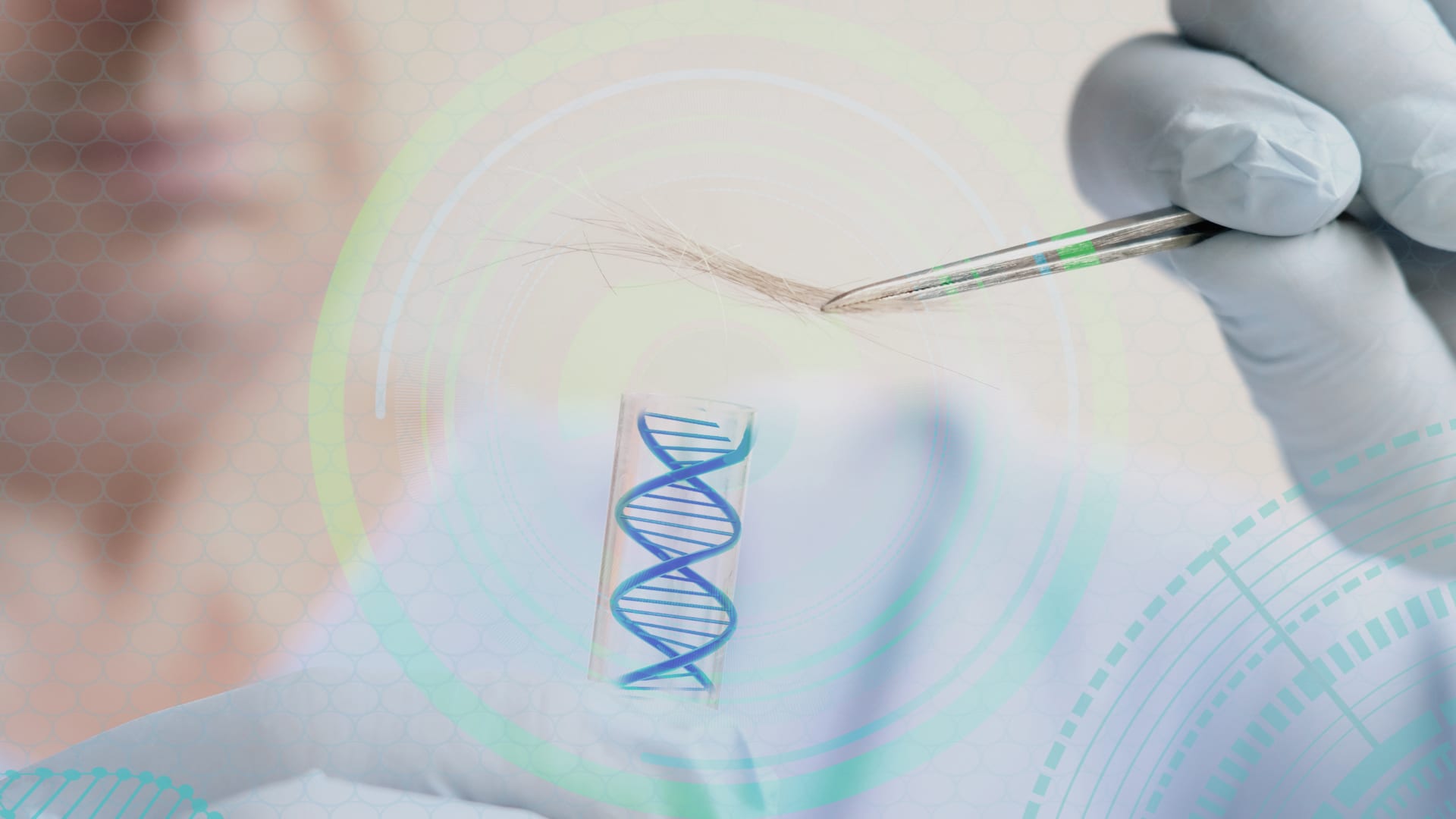
Hormones
Diseases causing hormonal imbalances, such as polycystic ovary syndrome (PCOS), thyroid disorders, and changes linked to pregnancy or menopause, significantly impact hair growth.

Diet
Proper nutrition promotes healthy hair growth, while deficiencies can cause imbalance.
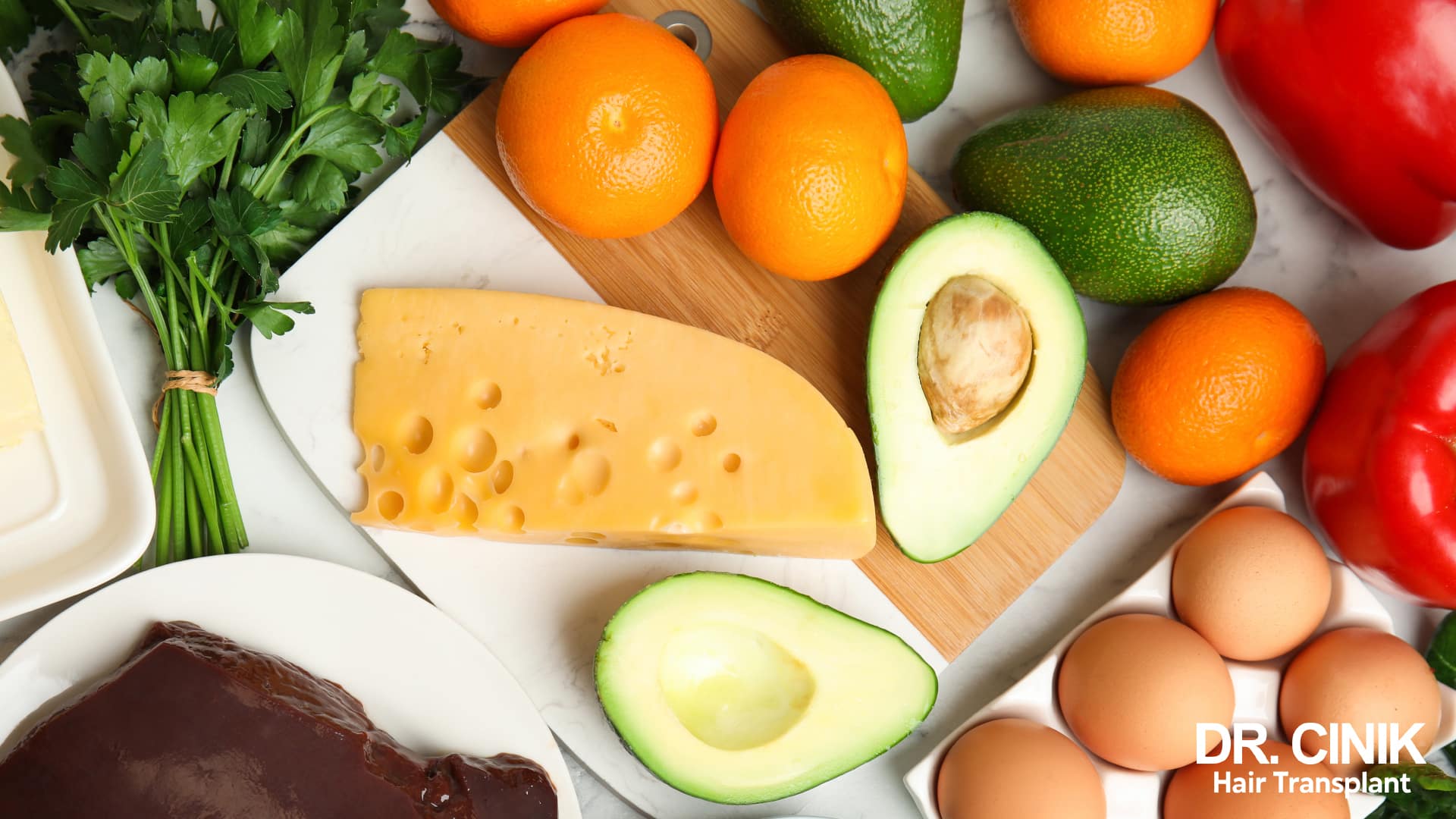
Certain Treatments
Chemotherapy and other treatments can cause temporary hair loss. Understanding and discussing these side effects with healthcare providers is essential.

Specific Hairstyling Habits
Habits like tight buns, heat use, and exposure to aggressive chemicals can damage hair and create traction alopecia. Gentle care routines promote healthier growth.

Stress
Chronic stress may lead to thinning and hair loss. Stress management techniques positively impact hair health.
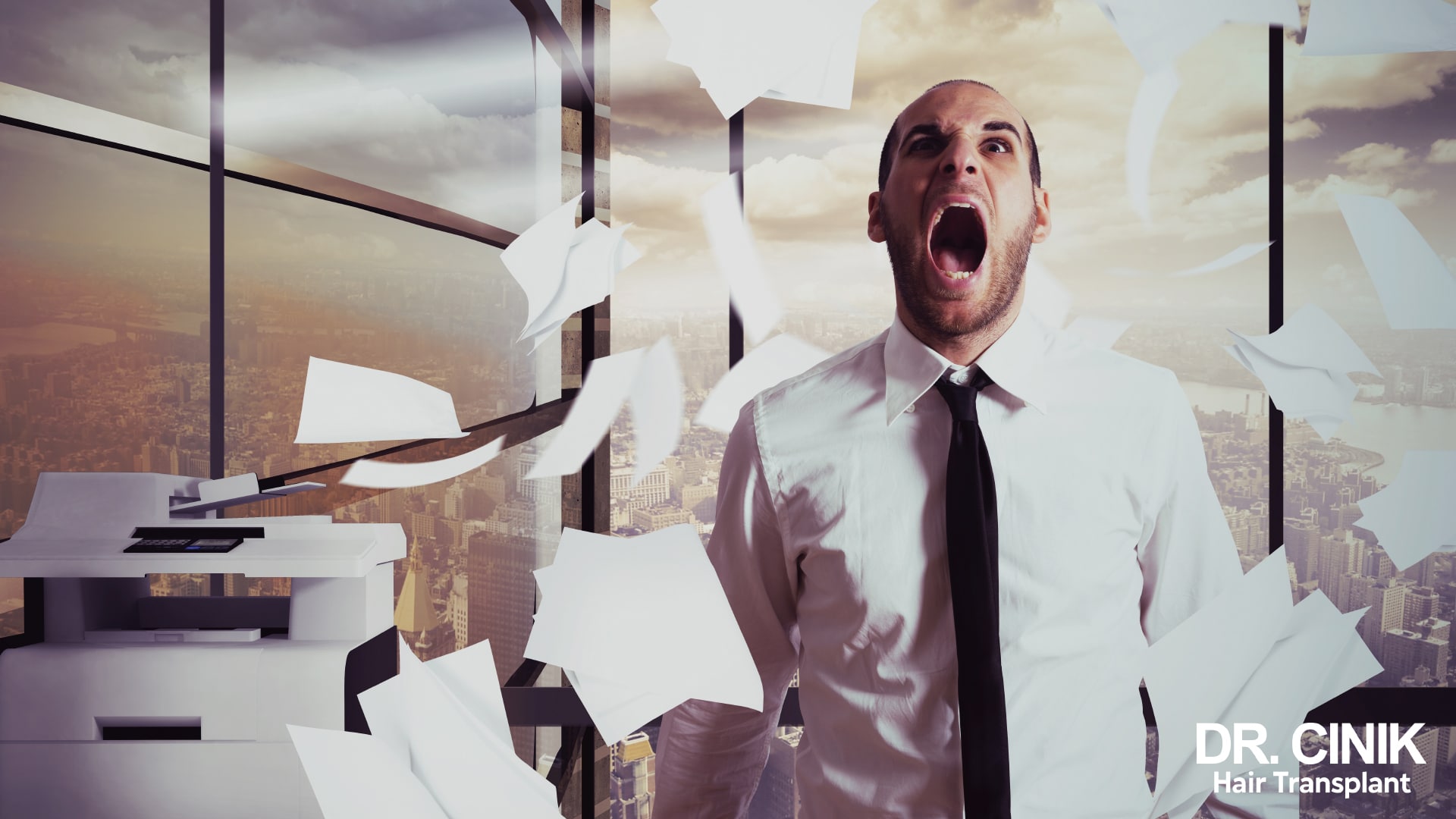
Environmental Factors
Factors like pollution, sun exposure, and harsh weather can damage hair. Protection and appropriate care products promote growth.
Sleep
Adequate sleep supports well-being, including hair growth. Good sleep hygiene contributes to healthier hair.
Smoking
Smoking inhibits growth by restricting blood flow to hair follicles. Quitting smoking can improve hair health.
 en
en



